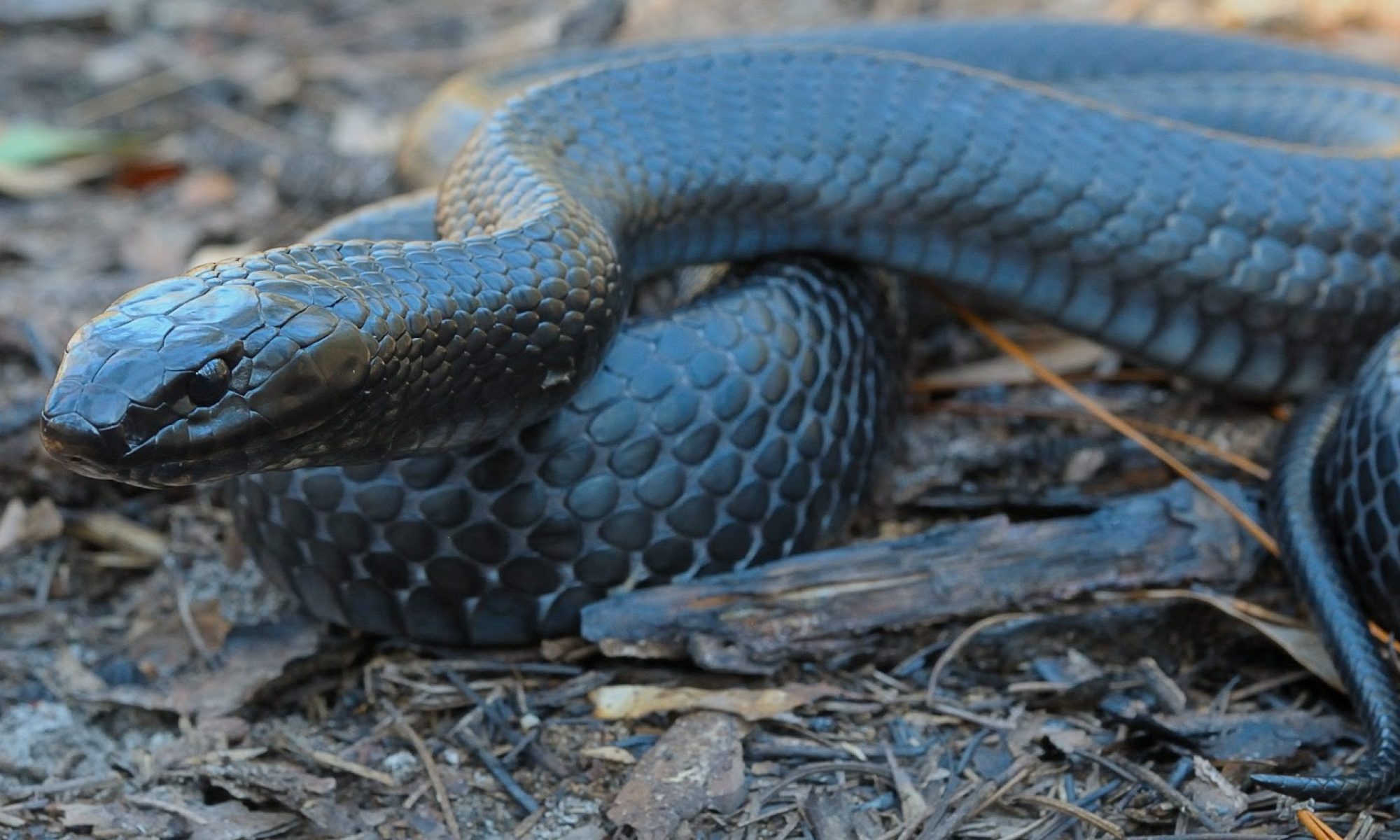Collection of eastern indigo snakes from the wild for the pet trade was a primary reason for listing the species under the ESA. Furthermore, there was concern at the time of listing, that publicity from the listing of the eastern indigo snake would generate increased demand for this species, resulting in more collection from the wild. However, for activities that will contribute to the species’ recovery by enhancing their survival such as propagation and educational animals, interstate commerce of captive eastern indigo snakes and other recovery actions are permitted under Section 10 the ESA. Although some unauthorized wild collection of eastern indigo snakes may still occasionally occur, it is thought to have negligible impacts on wild populations (Enge et al. 2013). However, the high price of adult eastern indigo snakes in pet trade may incentivize unauthorized activities associated with take and sale (e.g. adult snakes retail for $1,200). Some eastern indigo snakes from south Florida have especially extensive, bright red-orange pigment on their heads and necks (a condition found on some adult male snakes and termed “high-red” by herpetoculturists); snakes with this type of coloration are coveted by some breeders and hobbyists, making wild eastern indigo snakes from the south Florida region potentially attractive to some unauthorized collection. Wild collection remains a concern for the species, and still occurs to some extent (e.g. Roebuck 2014). Nevertheless, collection for commercial, recreational, scientific, or educational purposes is not considered to be a significant threat to the species, at this time.

Dynamic Species Status Assessment